You pull up to a stop, and there it is again—a screech, a shudder, maybe that haunting scraping that makes your stomach sink. You start to wonder: do I need new pads or am I in for a way bigger bill with rotors, too? Most people can’t tell, but figuring it out can be the difference between a quick fix and a major repair. Brakes keep you safe, but if you guess wrong, your wallet takes the hit. Let’s get real about knowing when rotors are cooked or pads are just worn down.
What Do Brake Pads and Rotors Actually Do?
When it comes to stopping your car, your brake pads and rotors do the heavy lifting. Picture how bicycle brakes use rubber pads to clamp the metal wheel—your car is the same idea, just amped up for going way faster and hauling way more weight. Your brake pads are slabs of material designed to rub against the *surface* of the rotors. That friction is what slows (and stops) your car. The pads wear away over time and are expected to need replacing. But the rotors—the thick metal discs you can see behind your wheels—are built for the long haul, though not forever.
Modern vehicles use disc brakes front and back, which means both sets are subject to wear. Here’s a wild fact: by the time you get to 15,000 to 30,000 miles, your front brakes have probably already been swapped out once. The rears last a bit longer, mostly because they only handle about 30% of the stopping power.
What’s wild is that rotors can theoretically outlast several sets of pads. But city driving—lots of stopping and going—is brutal for both. The rotors are engineered to stay flat and smooth, but heat, pressure, and even water (yeah, puddles count) can warp or scar that shiny metal. The more you brake aggressively or ride heavy loads, the more it takes a toll.
Automakers design pads to squeal once they hit about 2-3mm thickness, thanks to a tiny metal wear indicator. That sound is deliberate—a heads-up before it gets dangerous. Rotors, on the other hand, won’t send you a warning squeal. You’ll know only when things get ugly. Rotors usually cope through 2-3 sets of pads before needing help, but neglect and hard use slash that lifespan fast.
If you have a newer vehicle, you might run into “slotted” or “drilled” rotors. They deal with heat better but can still wear out, especially if you do lots of mountain driving. Some vehicles now have electronic sensors on the brake pads that light up a dashboard warning—catching the warning early can save your rotors from getting scored or chewed up by metal-on-metal action.
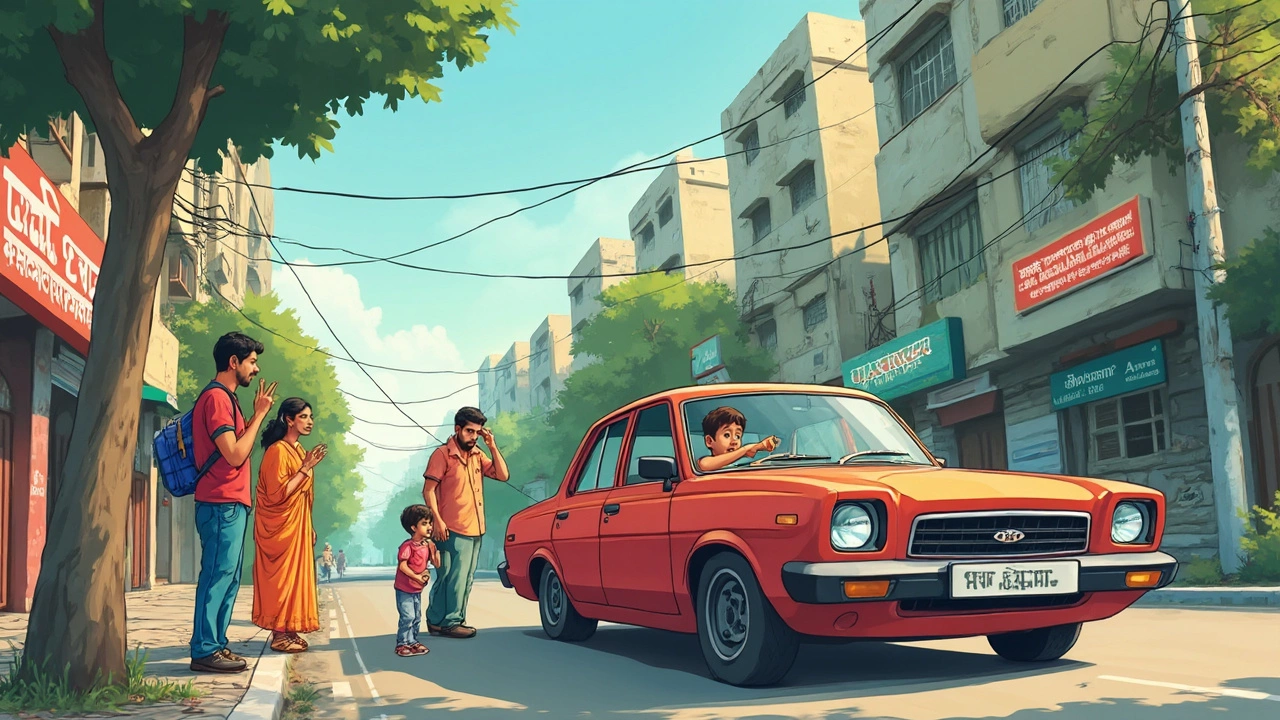
How to Spot Worn-out Brake Pads vs Bad Rotors
Distinguishing between spent pads and dead rotors can be tricky, but there are dead giveaways. Pad wear almost always comes first. You’ll notice a squeak when you brake—especially at low speeds. That comes from the built-in indicator metal tab scraping the rotor. Some high performance pads don’t squeal as much, but most daily drivers will give you that friendly warning. Pads might also give you a mushy pedal feel—you notice you have to press the brake pedal further to get a response.
Now, rotors are a different ballgame when they go bad. If you feel a pulsation, wobbling, or vibration in the steering wheel or brake pedal when you're stopping, your rotors may be warped. That means they aren’t completely flat anymore, usually from heat cycles (lots of stops from high speed or sudden panic stops) or from rust building up unevenly. Warped rotors press on the brake pads with each revolution, making the whole car shudder at certain speeds. You can test this—if your car shakes only when you press the brakes, not when cruising, rotors are the prime suspect.
Grinding, scraping, or a sound like metal chewing on metal means you’re way overdue. That’s usually the pad being worn past the friction material, the metal backing plate clawing into your rotor. Once this happens, both the pad and the rotor will need to go—or if you're lucky and catch it early, you might be able to resurface the rotor (less common these days since new rotors are often cheaper than the labor cost of resurfacing).
Here are quick checks you can do easily without fancy tools:
- Look through your wheel spokes at the rotors. Is the surface smooth? If it’s grooved, scored deeply, or has ridges, they’re done.
- Check the pad thickness. Anything less than 1/8 inch (about the thickness of two stacked nickels) is bad news.
- Listen for the squeal—don’t ignore it, even if it’s less annoying with the windows up.
- If you press the brakes and hear a grinding like angry squirrels in a blender, stop driving and get them checked, now.
- Watch for the dreaded brake warning light on your dash, but don’t trust it as your only sign—it won’t always come on right away.
Still not sure? Try this little trick: after a drive, carefully—and I mean carefully, rotors get hot—touch the face of the rotor and see if there are visible blue spots. Blue streaks mean the rotor’s been overheated, which can lead to instant warping. That’s a sign it’s finished its tour of duty.
Some cars have single-use clips that break when pads are changed; if the technician doesn’t replace them, you’ll have a rattle. If your car rattles when you hit a bump but not when braking, that’s probably a hardware issue, not the rotors or pads. But if the rattle goes away when braking, it’s usually brake related.
Here’s a table that breaks down the warning signs between pads and rotors:
| Symptom | Likely Cause | What to Do |
|---|---|---|
| Squealing/Squeaking when braking | Brake pads worn, wear indicator touching rotor | Replace pads soon |
| Grinding/Metal on metal sound | Pad completely worn, backing plate grinding rotor | Replace pads and rotors—now |
| Pulsation/Vibration when stopping | Warped rotors | Replace or resurface rotors (and pads) |
| Thin pad visually, less than 1/8 inch | Pads worn out | Replace pads |
| Deep grooves or blue discoloration on rotor | Rotor damage or overheating | Replace rotors |
| Rattling sound over bumps, not when braking | Loose hardware, not rotors or pads | Check clip or hardware |

Pro Tips on Maintenance, Saving Money, and When to Act
Knowing the difference between brake pads and rotor trouble saves you money. It also helps you avoid getting swindled into paying for things you don’t need at a repair shop. Some mechanics will always say “pads and rotors,” whether you need them or not. Don’t fall for it.
On most cars, replacing brake pads costs less than half of doing both pads and rotors. Typical front pad replacement runs about $150-$300, while pads plus rotors can climb to $400-$800 or more, especially on luxury or oversized vehicles. Your exact price will swing by where you live and what you drive, but you get the idea.
If your rotors are still thick and clean, some shops can just turn or resurface them—that means shaving a thin layer off to bring back a smooth finish. Problem is, rotors are often made thinner now compared to twenty years ago. There’s only so much metal to work with before it falls below the manufacturer’s "minimum thickness." If a rotor is under that limit, a technician is legally (and safely) required to swap it out, not resurface it.
OEM (original equipment) parts usually last longer than cheap aftermarket brands, especially pads. Buying pads with a lifetime warranty sounds nice, but they can sometimes chew up your rotors faster because cheap pads are harder (and noisier). The sweet spot: go for reputable mid-priced pads from well-known brands, matched to your driving style. If you haul a trailer or ride the brakes hard, ask for heavy-duty or performance pads designed for higher temps.
If you live where it rains or snows, check for rust. Road salts speed up rotor corrosion, which turns that shiny disc into a rusty puck. If your car sits for a week or more, a layer of rust can appear overnight and cause thumping or squeaking until it wears off. But if you let it go for too long, rust eats through the rotor's edge for good. Some drivers solve it by gently driving and braking a few times in an empty lot to clear the rust—just don’t hammer the brakes when the discs are cold.
You can spot check with a flashlight. Shine it through your wheel and look for pits, flakes, or deep grooves on the rotor’s surface, or if the pad is nearly vanished. If you have to replace rotors, always do them in pairs per axle (front or rear)—never just one. Mixing new and old rotors side to side can cause weird brake pull and uneven stopping.
Some cars (hello, electric vehicles) use regenerative braking to recharge the battery, which means the pads last a lot longer—sometimes 60,000 miles or more. But even these cars have rotors, and those can rust or pit due to less frequent use. Watch for random brake feelings, even on an EV.
DIY’ing your brakes is possible for the moderately handy, but brakes are literally your last line before disaster. Double-check your work, always use a torque wrench on wheel lugs, and don’t cheap out on tools or parts. If you’re ever unsure, it’s worth it to have a tech do a quick inspection—most national tire and brake chains offer free checks.
Wrapping it up, knowing the difference between worn brake pads and ruined rotors is mostly about listening, looking, and feeling. If you respond to early warning signs—like squeaking or thin pads—you’ll forestall bigger bills and keep your ride safe. Miss the clues, and you could face a double (or triple) hit: the *cost of both pads and rotors, plus time off the road. Trust your ears, eyes, and a quick flashlight check, and you’ll be ahead of the game.

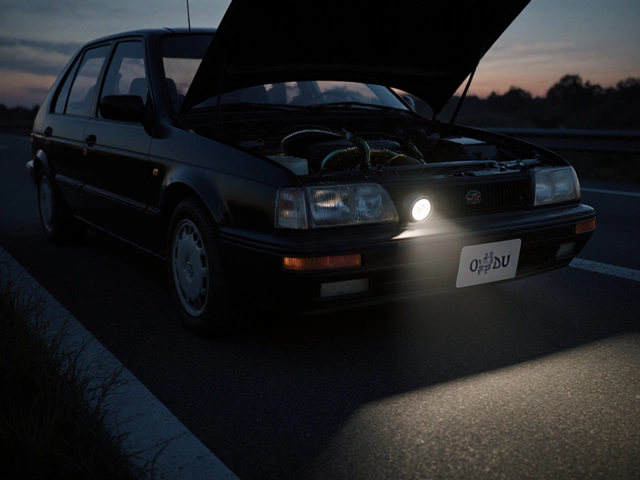
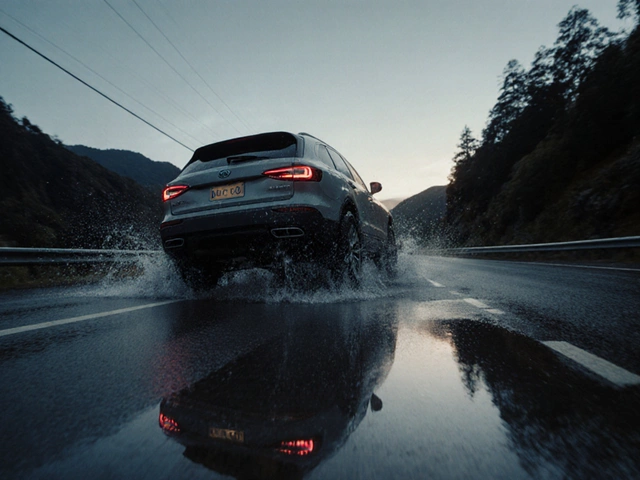


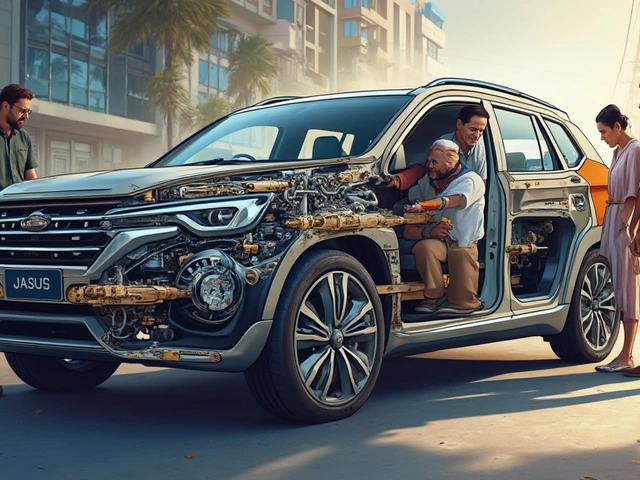


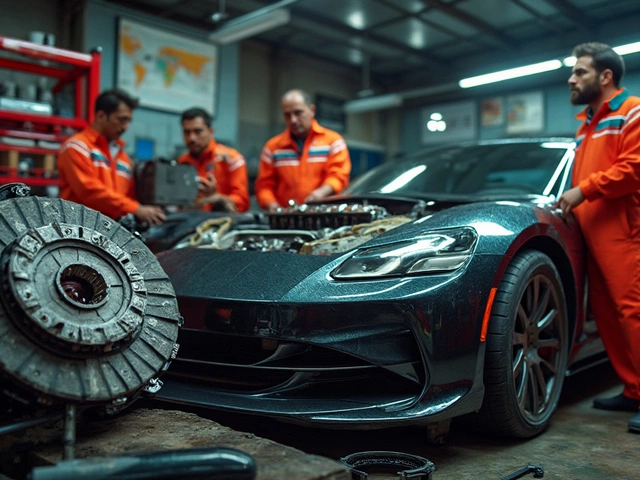
Write a comment